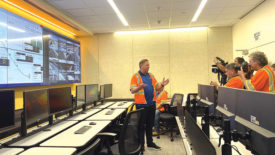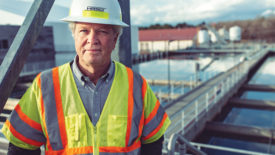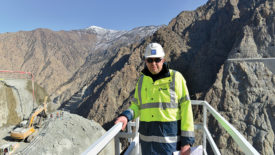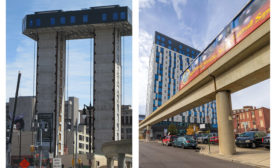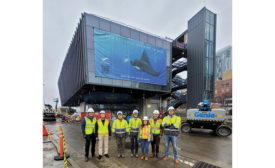Home » Award of Excellence
Articles Tagged with ''Award of Excellence''
ENR 2023 Top 25 Newsmakers
ENR 2023 Top 25 Newsmakers
Benjamin Heath: Led Team to Quickly Install Bypass After Vermont Sewer Pipe Failure
Read MoreENR 2023 Top 25 Newsmakers
Theodora Diamantis: Played Key Role in Rebuilding Iconic Greek Orthodox Church Destroyed on Sept. 11
Read MoreENR 2023 Top 25 Newsmakers
Robert Buckley: Quarterbacking a Team That Reopened Damaged I-95 Section in 12 Days
Read MoreENR 2023 Top 25 Newsmakers
Joe Benvenuto: Pioneering an Uplifting New Construction Delivery Method
Exchange is the first U.S. use of top-down construction since the '70s,
Read More
The latest news and information
#1 Source for Construction News, Data, Rankings, Analysis, and Commentary
JOIN ENR UNLIMITEDCopyright ©2025. All Rights Reserved BNP Media.
Design, CMS, Hosting & Web Development :: ePublishing
